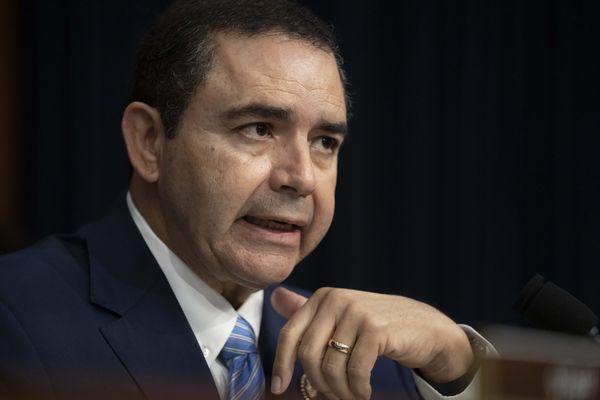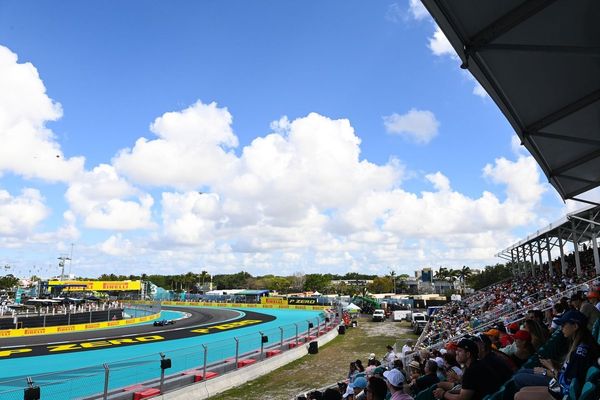
I’m a non-parochial Melburnian. I ungrudgingly admit Sydneysiders enjoy superior weather and beaches, which more than compensate for their confusing glass sizes and inferior football code. Our politicians’ interstate sledges are awkwardly contrived and I’ll have no bar of them.
So I evince no schadenfreude when I report that, despite the best efforts of Melbourne’s prevailing capitalists, Sydney has cemented its unenviable lead on a grim metric: it is very expensive to live there.
According to research by the Committee for Sydney (CFS) released last week, Sydney boasts the sixth least affordable housing market in the world — behind only Hong Kong, San Francisco, Singapore, Vancouver and Tel Aviv. Melbourne, no paragon of payday tranquillity despite those misleading livability rankings, doesn’t even make the bottom 20, nor do our other capitals.
Unsurprisingly, as Sydney’s housing has grown less affordable, young people are moving away in droves, and new young people aren’t moving in to replace them. CFS estimates that Sydney’s housing crisis is costing it $10 billion per year — $1.5 billion of which is due to “loss of talent due to out-migration and diminished appeal”, and a subsequent $2.9 billion to “fewer companies grown, retained and invested in”. And that’s without fully accounting for “extra recruitment costs associated with higher turnover of staff”, nor the “retention of innovation-minded graduates and, over time, the city’s stock of future potential founders, researchers and entrepreneurs”.
The cost may be alarming, but these are hardly unique findings. Last month the think tank e61 Institute produced a similar paper on “Sydney’s millennial exodus”, showing that for the past 20 years, Sydney has lost about 0.5% of its population each year to other parts of Australia. Again, Sydney is uniquely challenged on this front, with our other major capitals recording minimal or negative net domestic out-migration on average. This evidence corroborates some prevalent anecdata — one comes across plenty of former Sydney residents elsewhere in the country.
The e61 Institute found people in their 30s are leaving the fastest, with many having children and desiring larger homes. More of them are leaving the suburbs where housing prices have risen fastest, and they’re mostly fleeing to less-expensive regional hubs, including Wollongong, Newcastle, the Gold Coast and Canberra.
Sydney is thus on track to lose the economic and cultural dynamism that has cemented it as our nation’s leading city. CFS bemoans a damaging “brain drain” as talented professionals go elsewhere, often to cities where they’re less productive, as they can’t collaborate with similarly skilled peers as easily.
Aside from imperilling growth, the loss of young working-age people presents some immediate practical issues. All cities need essential workers. Elderly residents especially need health and community services on hand, and those require hoards of budding graduates and early-career practitioners to keep the lights on.
Multiple academic reports earlier this year confirmed Australia’s essential workers are being priced out of living near their urban workplaces. In NSW, more than 90% of teachers have been priced out of living in the communities in which they teach. And for Sydney’s essential workers, the past three censuses show many have relocated from inner suburbs to outer areas and satellite cities. This has significantly increased their commuting times and has made staff retention for stretched urban facilities much harder.
An alternative to moving farther out is living at home with mum and dad for longer, or moving back in. Market research firm McCrindle released research last week finding that among those aged 20-24 and not studying full-time, more than half of men and 43% of women live with their parents. Western Sydney’s Fairfield has the highest proportion in the nation, with 50% of non-dependent kids living with their parents. This is a temporary solution, however, taken up mostly by zoomers, who will soon follow millennials in facing tough tradeoffs between scarce and expensive abodes.
Cities cannot continue on such trajectories forever. And while Australia’s capitals are all heading in the wrong direction, Sydney is growing particularly unlivable. There are finally moves afoot from state and federal governments to increase inner-suburban density, but much more work will be needed to foster a healthy urban demographic mix.
There’s no use having that beautiful harbour if even “locals” have to drive for hours to visit it.







